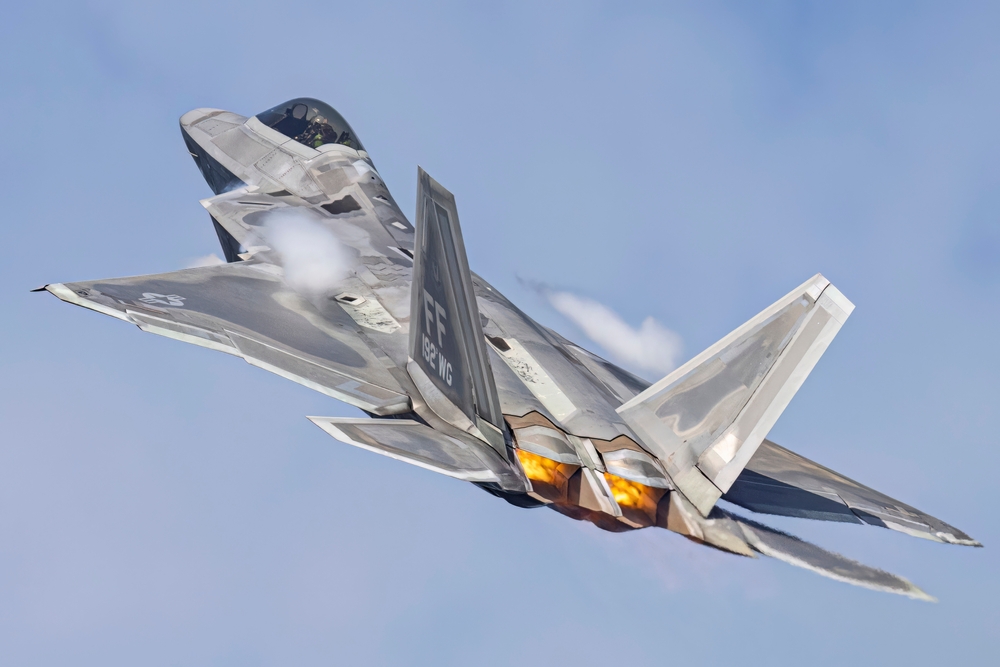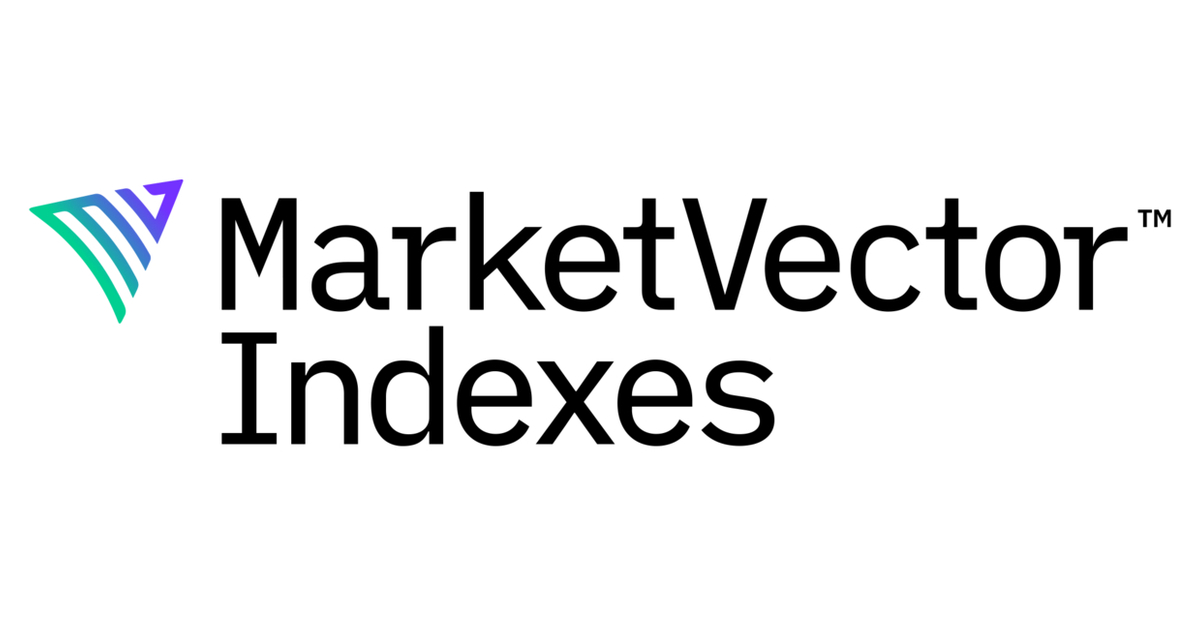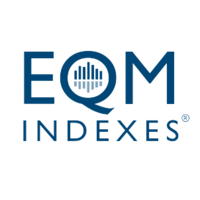Geopolitical flashpoints have thrust the defence sector into sharp focus over the past two years – investors must now decide how to capture the exposure with three ETFs launching in Europe within 12 months.
The sector resurfaced on policymakers’ radar as Russia invaded Ukraine in February 2022, a development which prompted NATO members to boost its civil and military budgets by 27.8% and 25.8%, respectively, in December that year.
Asset managers were quick to mobilise their product teams, bringing the first defence ETFs to market in Europe last year, only to see early traction in the strategies explode in response to the Israel-Hamas conflict.
With the three-strong product suite amassing almost $1.3bn collectively in little over a year, ETF Stream examines which has the best tactics for capturing the sector.
Stat attack (as of 18 June) | DFNS | NATO | DFND |
AUM | $805m | $392m | $80m |
TER | 0.55% | 0.49% | 0.35% |
Inception | 31/03/23 | 03/07/23 | 01/02/24 |
Constituent count | 28 | 49 | 56 |
12-month return | 50.8% | 42.1% | N/A |
Return since last launch | 20% | 10.8% | 11.2% |
Source: Bloomberg Intelligence
VanEck’s DFNS
Europe’s first and largest defence ETF, the $805m VanEck Defense UCITS ETF (DFNS) marks an interesting juncture for its parent company, which does not operate a defence ETF in the US, meaning the UCITS iteration of DFNS is the first and only one of its kind – and the strategy has struck a chord with investors.
The ETF physically replicates the MVIS Global Defense Industry index of 28 companies deriving at least half of their revenues from defence and aerospace hardware, communications, satellites, security and IT, unmanned aircraft, simulation technology and biometric scanners.
DFNS ensures the liquidity of its underlying by only capturing stocks with a market cap of at least $1bn.
Appealing to sustainability minded investors, DFNS also has the most stringent ESG criteria of the three ETFs in our comparison, excluding companies in violation of UN Global Compact principles as well as those involved in controversial weapons.
While this may send alarm bells ringing for some fund selectors – fearing DFNS will take the thematic trope route of padding with tech exposure at the expense of pure plays – the ETF does maintain pure defence exposure, albeit to less obvious names.
For instance, DFNS investors will have to do without defence sector posterchildren including Lockheed Martin, RTX or BAE Systems. In fact, the ETF features none of the top 10 and only six of the top 20 companies ranked by revenue from defence-related products and services in 2023, according to Defense News.
However, the ETF’s performance remains highly correlated with its peers, notwithstanding its leading position in returns.
In fact, the ETF has returned 50.8% over the 12 months to 31 May and 20% since Europe’s most recent defence ETF launch on 1 February, according to data from Bloomberg Intelligence, placing it comfortably ahead of its rivals over both time periods.
The trade-off long-term investors will have to consider is the product’s total expense ratio (TER), which at 0.55%, makes it the highest-fee product in the current roster.
HANetf’s NATO
Next, a partnership between HANetf and EQM Indexes sees a thematic approach to defence exposure enter Europe in the form of the $392m Future of Defence UCITS ETF (NATO).
The 2023 winner of ETF Stream’s ‘Ticker of the Year’ tracks the EQM Future of Defence index of 49 companies deriving at least 50% of their revenues from manufacturing or developing military aircraft, defence equipment or cyber security services for a NATO+ member country.
At a headline level, NATO bears several similarities with DFNS. Like VanEck’s strategy, HANetf’s offering only captures companies with a minimum market cap of $1bn, it incorporates some ESG criteria by excluding companies in violation of UN Global Compact principles and provides exposure to defence-related tech companies.
However, there are notable differences. Within NATO’s basket – which is almost twice as broad as DFNS – it provides a ‘future of defence’ exposure, meaning it captures key players within the cybersecurity industry including Palo Alto, Palantir and currently awards its top allocation to Crowdstrike.
On the other hand, unlike DFNS, NATO also captures five of the top 10 largest revenue generators in the defence sector – RTX, Northrop Grumman, BAE Systems – and 11 of the top 20, as per Defense News.
The combination of traditional and cyber defence names means NATO provides the most holistic view of the sector out of the three ETFs on offer in Europe; investors must decide whether these subsectors baked together is a winning strategy.
NATO has trailed its rival with still impressive gains of 42.1% over the 12 months to 31 May and 10.8% between 1 February and 18 June.
However, the ETF comes in at a lower headline TER of 0.49%, meaning investors pay a lower fee versus DFNS, less other costs including bid-ask spread, tracking difference and withholding tax on dividends.
BlackRock's DFND
Finally, after relinquishing the chance to launch Europe’s first defence ETF – after filing with the Central Bank of Ireland (CBI) in 2018 – BlackRock debuted the $80m iShares Global Aerospace & Defence UCITS ETF (DFND) in February.
BlackRock’s candidate offers the most traditional defence sector exposure, tracking the S&P Developed BMI Select Aerospace & Defense 35/20 Capped Index INR of 56 developed market aerospace and defence companies involved in civil or military aerospace and defence equipment, parts of products, defence electronics and space equipment.
Constituents are market cap-weighted and must be included within the Global Industry Classification Standard (GICS) Aerospace & Defence sub-industry, must have a minimum market cap of $300m, float-adjusted market cap of $100m and a six-month median daily traded value (MDVT) of $3m.
By applying a GICS approach to defence exposure, DFND successfully captures a large subset of the top revenue generators within the sector.
In fact, the ETF captures seven of the top 10 defence revenue generators – the only omissions being Chinese companies – and 13 of the top 20.
The ETF also intentionally skews in favour of these large players, weighting 73.7% to its top ten constituents at launch, versus 62.1% for DFNS and 45.5% for NATO.
More concentrated single stock positions is also facilitated by the methodology of DFND’s benchmark, which employs the CITS 20/35 rule to allow allocations up to 33% to a single company at each rebalance, with all remaining companies being capped at 19%.
However, while allocations such as 12.1% to RTX and 8.6% to Lockheed Martin might sound like the ‘does what it says on the tin’ approach to defence exposure, DFND’s gross revenue approach often comes at the expense of revenue purity.
In fact, three of its top five constituents had less than 50% defence revenue exposure in 2023, according to data from Defense News, with Airbus – 8.3% weighting – and Safran – 6.4% weighting – deriving around 20% of their revenues from the sector last year.
DFND posted respectable 11.2% returns since launch on 1 February, as at 18 June, and also carries a 0.35% TER, easily the lowest in class.
Final thoughts
Overall, issuers have risen to the task of filling a gap in the market as investor demand for an ETF exposure reached a flashpoint.
VanEck’s DFNS deserves credit for being first-to-market, gathering the most assets and posting the strongest returns, however, investors not bound by ESG constraints must decide whether they are satisfied with a defence exposure that omits the largest companies in the sector.
HANetf was quick to enter the market with a close second ETF, providing a thematic-leaning flavour of defence exposure that blends traditional names with future theatres of digital warfare.
BlackRock’s entry to the space provided the no-frills sector approach that was lacking from existing offerings, with a low-cost ETF capturing the largest and most recognisable names in defence. On the other hand, its high exposure to lower revenue purity constituents means returns will be influenced by market dynamics of other sectors, including aviation.









